Toward the Sciences: Considering the Lilies and Setting Their Feet In a Very Large Room
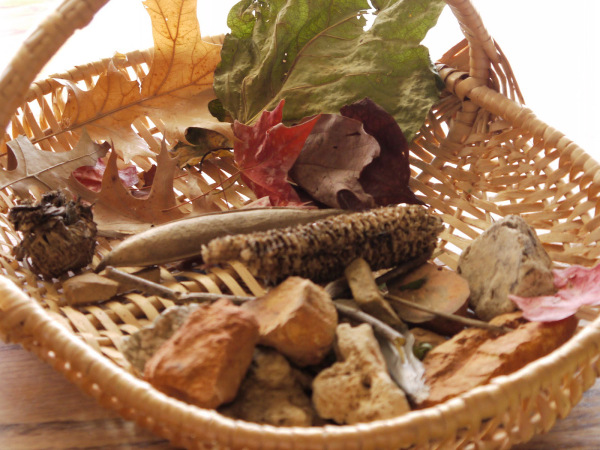
“The child who sees his mother with reverent touch lift an early snowdrop to her lips, learns a higher lesson than the ‘print-books’ can teach. Years hence, when the children are old enough to understand that science itself is in a sense sacred and demands some sacrifices, all the ‘common information’ they have been gathering until then, and the habits of observation they have acquired, will form a capital groundwork for a scientific education. In the meantime, let them consider the lilies of the field and the fowls of the air.” (Charlotte Mason, Home Education, Vol 1, p. 63)

and explore.
That’s our syllabus! That’s our scope and sequence! From the early years through high school. {Although the sciences in high school do begin to take on more depth, we continue to approach it in much the same way – reading, wondering, exploring. If you’re interested, you can take a look at our high school Biology notes on our blog.}
Oh dear! I hear your panic-filled thoughts:

- Hours in the Out-of-Doors by Charlotte Mason, compiled by Simply Charlotte Mason – This book is really just a collection of quotes that are applicable to Nature Study, but what Simply Charlotte Mason has done is spare you the difficulty of looking all of these up in her 6 volumes. The quotes are grouped according to topic, and really are an excellent vision of nature study, and its importance in undergirding the sciences.
- Science Scope by Kathryn Stout – While I wouldn’t say this resource is necessary, it certainly is a great help for the homeschooling mom that would like help in recording science topics covered, and science topics that need to be covered. The book is easy to understand, simple and straightforward, and covers all the topics of the branches of science, noting the appropriate age/grade for covering a particular topic. It’s one of those books that I really like because you can put it to use the minute you open the cover – you won’t have to read for two hours to get a sense of the book! What I like about the book is that it assumes that topics will be covered again and again, much as one does in a home education setting, with each recurring introduction of a topic going a little deeper than before. Provided in the back of the book is a very easy-to-use checklist chart for keeping track of subjects that have been introduced. I make a copy of the chart for each of my children and keep it in my home education notebook under each of their tabs. Then, every few weeks, I go through the chart and check the topics the child has read about. It’s a really good way to record topic coverage for each child in science.

- Eve Anderson’s Teacher Training Tools {Nature Study edition} – This is a DVD which can be purchased alone or as part of a 3 volume set. {The 3 volume set also includes Picture Study and Narration.} These DVD’s, which offer Eve Anderson’s insight, are immensely helpful if you are implementing a Charlotte Mason education in your home.
- Reader’s Digest: North American Wildlife (pictured below in this post) – If I needed a field guide and had limited space and just needed one, basic, good book to get started, this would be it. It covers animals, plants, insects, wildflowers, trees. The images are wonderful, quality detailed illustrations, and there is just enough information to learn a little about the object you may be looking up. {Note: there is an updated version of this book, but the updated version is the same as the edition I linked to, save a different dustcover. Save yourself a little money and purchase the older edition, used!}
- Handbook of Nature Study by Anna Botsford Comstock – This is a standard in Charlotte Mason homes, and it’s easy to see why. It just contains so much information about the natural world! Different homes probably use this in different ways, and there may be some of you that really wouldn’t find this useful in your home so consider it carefully. {Images are black and white} I’m mentioning it because it has been on our shelf from the beginning and we often look things up in it. We use it as a reference book mostly, and really enjoy the poetry that is often included with objects. Be sure to check out the Handbook of Nature Study blog – what a treasure of ideas and helps for approaching nature study.
- Nature Friend Magazine – We’ve had a subscription to this magazine for 9 years. That about says it all, doesn’t it? Whether you homeschool or not, do consider this magazine. You and your children will delight in reading it together, sans advertisements. If you have older children (10+), consider the optional study guides that come with the magazine. I don’t think the study guides are useful for littler ones, who do enjoy the articles and reading from Nature Friend, but they’re fantastic for older children!
Here are a few posts I’ve written chatting about our favorite living science:
- The Way Things Work: Boy Meets Machine – still one of our favorite science years ever!
- Learning About Ducks….and Discovering Smithsonian’s Backyard
- Elementary Living Science Resource – the Glenn Blough books illustrated by Jeanne Bendick (favorites! We’re reading through this series this year for 2nd grade science and are delighting in the books and ideas to explore!)
A Day in the Life:


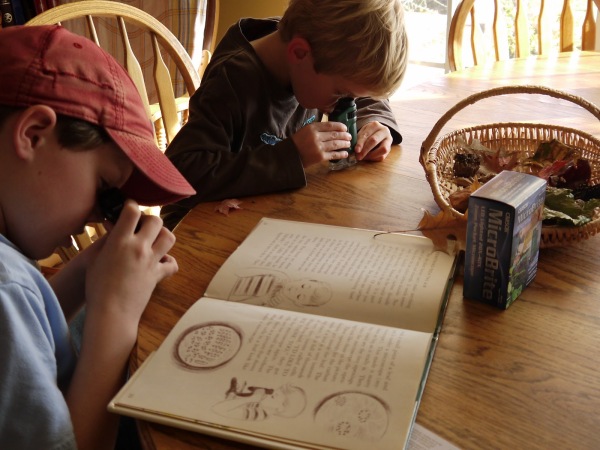


Pictured under our butterfly {above} is the Readers Digest North American Wildlife book I mentioned to you above in the resource suggestions. I wanted you to be able to see an example of the detailed illustrations. This is the book we used to identify our butterfly.



- Try to walk once a week

- Walk primarily in your yard, neighborhood, gardens, or woods. Many people think they need to go on a full fledged hike to call it a “nature walk”. Not so! Your humble flower beds will provide an abundance for you to study! Take occasional hikes to special places, but enjoy the ordinary spaces around your home!
- Get to know the seasons! Adopt a tree or even a bush, and make seasonal visits to it. Sketch it. Observe the seasonal changes.

- Create an inviting yard and garden that wildlife will want to visit. A wonderful book for learning more about this is Bill Merilees’ Attracting Backyard Wildlife: A Guide For Nature Lovers.
- Don’t become encumbered in deciding what to bring, or how to carry it all….just bring water, and your camera, and enjoy.

- Give yourself permission to walk without an agenda! You don’t need a lesson plan or outline for this. Just go outside! Challenge yourself to see something unusual, something new. A treasure!
- Get to know your birds!

“We owe it to them to initiate an immense number of interests. ‘Thou has set my feet in a large room,’(Psalm 31:8) should be the glad cry of every intelligent soul.” (Charlotte Mason, Volume 3, p. 170)
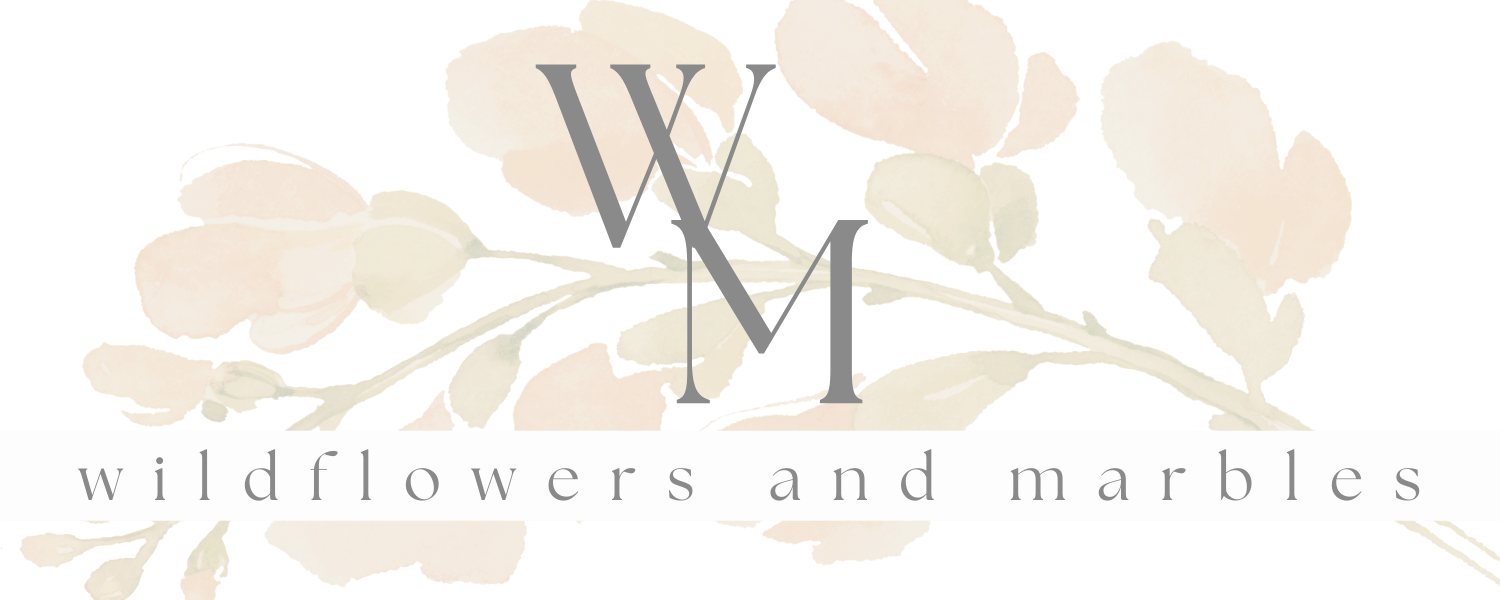
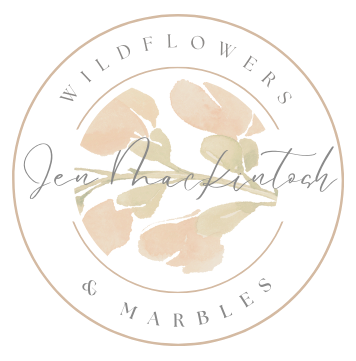



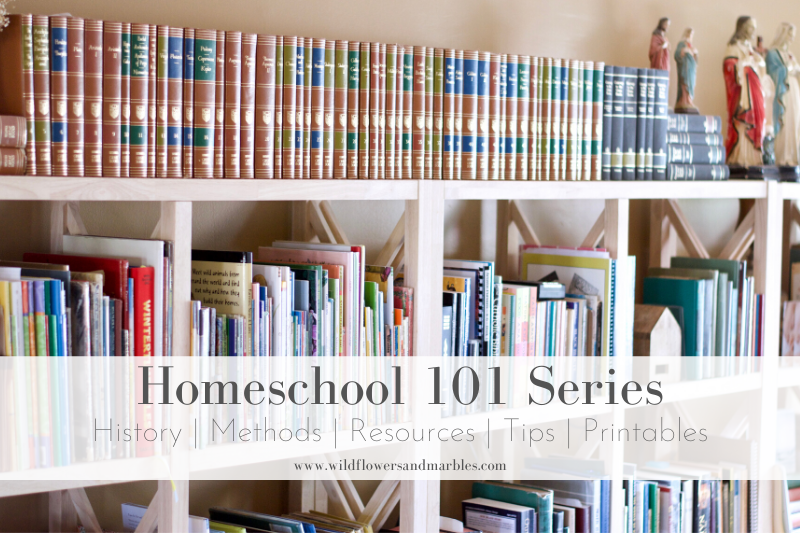

LOVE this post…makes me want to be out in nature right now! I am definitely putting the pocket micro in my Amazon cart : ) Thanks Jen for a very informative post and for help with science in the past.~Theresa
Perfect!!! Wonderful details Jen. Science this way has been one of my favorite CMish things to do. I was thrilled to read volume 1 and have our method reinforced.
I've had a pocket microscope on my amazon cart for over a month, I just wasn't sure on its quality. We like to take magnifying glasses with us on our hikes, but as they get older the microscope is becoming a big topic. Thanks for recommending one.
Thank you for this great post, Jen – you have shared some wonderful resources that I hadn't heard of yet. My browser is once again very “tabful” as I am about to check them all out!
Thanks for the resource recommendations! We have long been unhappy with our magnifying glasses and those pocket microscopes look like just the thing to replace them. The kids will be so excited! Just this morning we were investigating some really springy and verdant moss and I'd love to see what it would look like under that scope. Ok, the kids aren't the only ones who will be excited! 🙂
Thank you for stopping by my blog and the kind words about the lists. I hope they bless you. I am so glad to see some frequent posts from you. This one is a gem to be printed and saved with your language arts ones.
Thank you so much for the information! We ordered and received the pocket microscope you recommended through your Amazon link and we LOVE it. I had never even heard of such a thing. We were about to get a table microscope, but this is exactly what we needed. My little boy spent hours exploring the house with it. We can't wait to use it outside this weekend. Thanks again for sharing!
So excited about the pocket microscope! Ordering it today!
Jen- Wondering about Kathryn Stout's Guides to History… have you used this text before?
I haven't used any of Ms. Stout's other guides before, so I'm sorry I can't give you a good review of anything but her Science Scope.
This is a great post. I think I over think, lol. 🙂 Time to slow down and simply enjoy. Thanks, Jen.
Stumbled onto your blog this morning…what a treat to read your entries, especially this one near and dear to my heart.
Thanks for the tip about the pocket microscope. I am going to need to check that one out for my son and our nature shelf.
Adding you to my blog list. 🙂